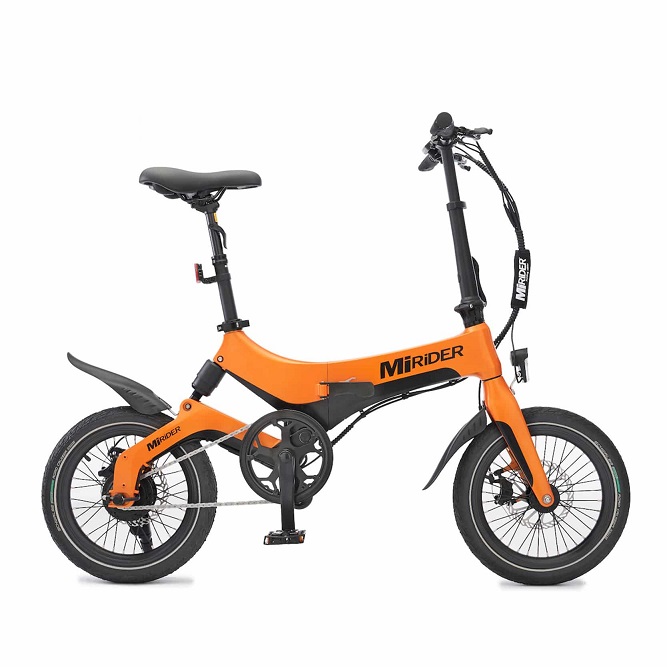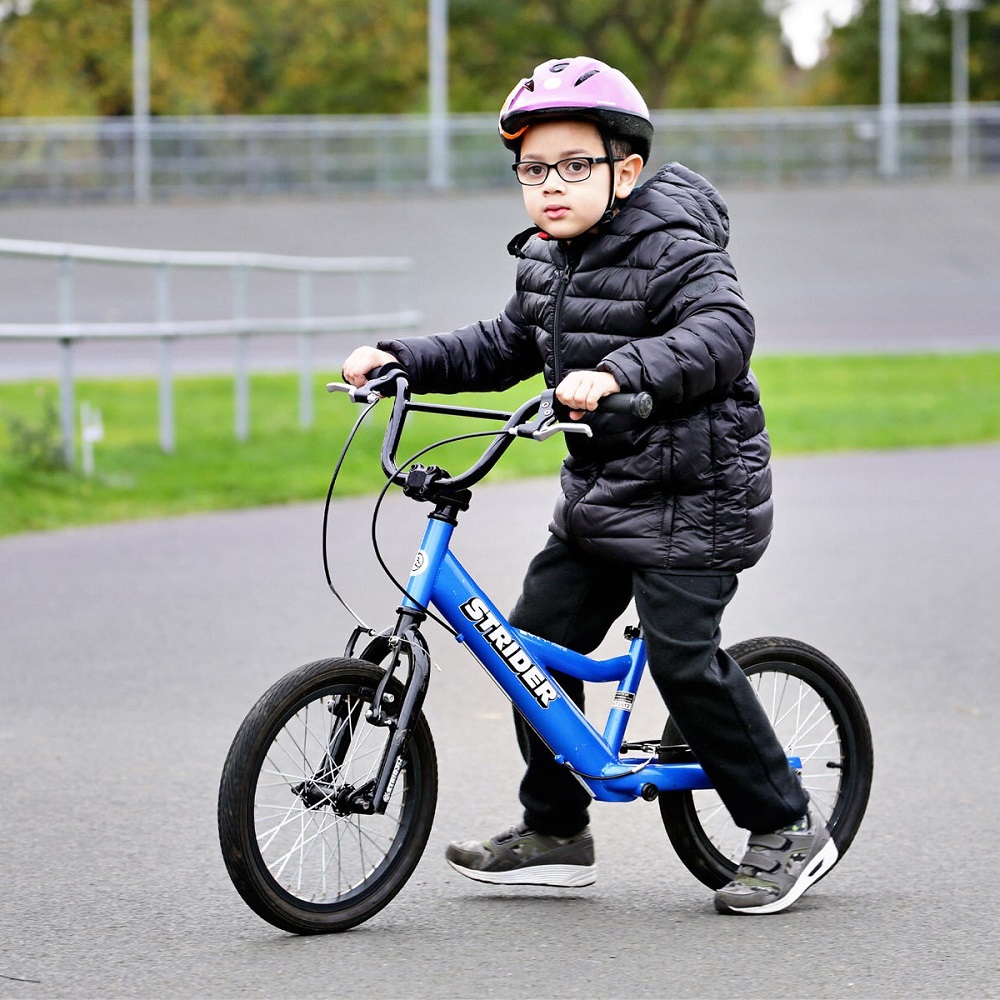Introduction to Bicycle Speed Records
Bicycle speed records captivate and inspire. They push human limits and showcase technological advances. A cyclist, unaided by motorized vehicles, achieving the fastest speed on a bicycle unassisted, marks a pinnacle of endurance and engineering. This fascination with speed is not new. For centuries, people have sought to break records and redefine what’s possible on two wheels.
Speed records on bicycles vary. There are motor-paced events, where cyclists follow a car or motorcycle. There are also unassisted records, relying solely on human power. Our focus here is on the latter: the raw, unaided efforts that test a cyclist’s strength and strategy.
Achieving a record for the fastest speed on a bicycle unassisted involves more than just pedaling fast. It encompasses a blend of physical conditioning, mental toughness, and technological innovation. These cyclists often train for years to shave mere seconds off a record time. Their bikes are marvels of design, optimized for the least drag and greatest efficiency.
Throughout this blog, we will explore the various aspects that contribute to setting and breaking unassisted bicycle speed records. From the evolution of the bicycle and the importance of aerodynamics to the rigorous training regimens cyclists undertake, we delve into what it takes to reach these speeds. Join us as we celebrate these remarkable achievements and the individuals who strive to push the boundaries of what’s possible on a bicycle.

Evolution of the Bicycle and Speed
The bicycle has evolved greatly since its inception. What began as wooden frames and metal wheels has transformed into sleek, streamlined machines. Early bicycles, known as penny-farthings, had large front wheels and provided little comfort or speed. Over time, innovators revolutionized the design. They lowered the center of gravity and equalized the wheel sizes. This made bikes more stable and faster.
Enter the era of the safety bicycle. It boasted a chain-driven system and pneumatic tires. These features enhanced speed and reduced effort. Cyclists could now go faster with the same energy expended. As technology advanced, so did materials. Steel gave way to lighter materials like aluminum and carbon fiber.
Each improvement in bicycle technology spurred riders to chase the fastest speed on a bicycle unassisted. With lighter frames, better gears, and more efficient designs, achieving high speeds became more plausible. Innovators continued to push limits. They streamlined bicycle shapes and fine-tuned the mechanics. This allowed for greater speed and less resistance against the air.
Customization became key for speed. Bicycles tailored to the rider’s body allowed for optimal positioning. This maximized power output and minimized drag. Thus, the fastest cyclists paired intense training with a bike built for speed. In this partnership, human and machine worked together to break records.
As we continue to refine bicycle designs and materials, we set the stage for even greater speeds. The pursuit of the fastest speed on a bicycle unassisted drives innovation forward. It challenges us to reimagine what a bicycle can be and how fast it can go.
Anatomy of a High-Speed Bicycle
To reach the fastest speed on a bicycle unassisted, every element of the bike’s anatomy plays a crucial role. Here we dissect the components that make up a high-speed bicycle.
Frame and Materials
The frame serves as the bike’s backbone. High-speed bikes usually employ carbon fiber or titanium. These materials offer strength and lightness, critical for swift acceleration and ease of handling. Frames must balance stiffness, for efficient power transfer, with some flex, for rider comfort over long distances.
Wheels and Tires
Wheels affect aerodynamics and inertia. For high-speed attempts, aerodynamic wheels with fewer spokes are common. They cut through the air with less drag. Tires are equally vital. They should be thin, have minimal tread, and be inflated to high pressures. This minimizes rolling resistance, allowing greater speeds.
Gearing
Gearing is tailored to the cyclist’s strength and the event’s demands. A high gear ratio enables reaching and maintaining high speeds, while a diverse gear set can help in varying terrains.
Aerodynamic Design
Every part of a high-speed bike is designed to reduce drag. This includes handlebars, which are often lower and more tucked in. Seats are also positioned to optimize the rider’s aerodynamic profile. Streamlined shapes and smooth surfaces are key.
Lightweight Accessories
Accessories are chosen for function and weight. Extra components, like water bottle holders, are often removed to shed unnecessary grams. Even the choice of pedals and shoes can impact a bike’s speed potential.
In conclusion, the anatomy of a high-speed bicycle is a symphony of optimized parts. When combined with a cyclist’s dedication and skill, it forms the perfect tool to challenge the fastest speed on a bicycle unassisted.
Training and Techniques for Maximum Velocity
Achieving the fastest speed on a bicycle unassisted is not just about the bike’s design. Expert training and refined techniques play an equal part in setting a speed record. Cyclists need an advanced training regime that builds both endurance and power. Short, intense interval workouts are key for speed. These sessions improve a rider’s power output and speed endurance. Time trials and mock races help cyclists simulate race conditions and monitor progress.
Long-distance rides develop stamina and aerobic capacity. These should complement intervals. Strength training is essential too. It builds the muscle needed to pedal forcefully. Cyclists target leg, core, and lower back muscles, as these are crucial for power and stability on the bike.
Technique refinement is equally vital. Riders practice being aerodynamic on the bike. They learn to position their bodies low and forward. This reduces drag. Training in different terrains prepares the cyclist for any challenge. It also helps in perfecting gear usage for maintaining high velocities.
A cyclist’s mental fortitude is tested as much as their physical strength. Mental strategies, like visualization and goal setting, keep motivation high. Recovery is also part of the training. Efficient recovery strategies, such as proper sleep, nutrition, and active recovery, help prevent injuries and burnout.
To sum up, training for the fastest speed on a bicycle unassisted demands a mix of physical prowess, technical skill, strategic practice, and mental toughness. Cyclists must balance intense training with adequate rest. Attention to each aspect primes them for achieving maximum velocity unassisted.
Notable Unassisted Speed Records in Cycling History
The annals of cycling history brim with awe-inspiring unassisted speed records that push human and mechanical boundaries. These records, achieved under the power of the rider alone, free of pacing or motorized assistance, speak to the pinnacle of endurance and performance in the sport of cycling.
- Fred Rompelberg (1995): One of the most outstanding achievements was set by Fred Rompelberg. In 1995, he claimed the title for the fastest bicycle speed ever recorded. Rompelberg’s staggering 268.831 km/h (167.044 mph) still echoes as a benchmark for cyclists worldwide.
- Bruce Bursford (1996): The following year, Bruce Bursford turned the cycling world on its head. He rode at a mind-boggling 334.6 km/h (208 mph) in a controlled environment on a specially designed stationary track. His position and tactics formed new strategies for speed seekers.
- Sam Whittingham (2009): Sam Whittingham’s 133.284 km/h (82.819 mph) in 2009 showcased incredible physical prowess. His record was set at Battle Mountain, Nevada, during the World Human Powered Speed Challenge, a testament to human power and technical expertise.
- Sebastiaan Bowier (2013): Sebastiaan Bowier propelled himself to 133.78 km/h (83.13 mph), slightly outpacing Whittingham. The sculpted design of his aerodynamic bike played a vital role, proving once again the importance of innovation in bicycle technology.
Each of these cyclists stood atop the podium, not just as record holders but as visionaries. They expanded the realm of possibility for future generations. From Rompelberg’s pioneering pace to Bowier’s contemporary triumph, each of these records demonstrates the mesmerizing blend of physical conditioning, mental tenacity, and cycle engineering. These accounts inspire today’s cyclists to reach for greater speeds and, perhaps, etch their names in the annals of unassisted cycling speed history.
The Science of Aerodynamics in Cycling
The quest for the fastest speed on a bicycle unassisted is deeply rooted in the science of aerodynamics. Aerodynamics, in simple terms, is the study of air and how it flows around objects. In cycling, it refers to how air resistance affects a cyclist’s speed and efficiency.
When a cyclist pedals, they not only have to overcome the friction of the tires on the road but also the air that pushes against them. Air resistance increases with speed. So, the faster you go, the harder you have to work. This is why aerodynamics is crucial in attempting to set or break speed records.
Here are a few key points that highlight the role of aerodynamics in cycling:
- Shape Matters: The cyclist’s body shape and bike design can significantly affect air resistance. Streamlined shapes allow cyclists to cut through the air more easily, reducing drag.
- Positioning: A cyclist’s position on the bike is fundamental. Keeping the body low and close to the bike can minimize the surface area exposed to the air, thus reducing drag.
- Clothing: Tight-fitting clothing is essential. Loose fabric can flap in the wind, causing additional drag. Specially designed suits help cyclists reduce this effect.
- Helmet Design: Helmets not only protect but also play a role in aerodynamics. Aerodynamic helmets smooth the airflow around the head, contributing to reduced drag.
- Component Choice: Every component, from handlebars to wheels, can influence airflow. Components that support a smooth flow of air can help in achieving higher speeds.
- Environmental Factors: Wind speed and direction can affect performance. Cyclists must understand how to work with or against the wind to their advantage.
Improving aerodynamics involves a mix of technology, design, and rider technique. Cyclists who master the art of aerodynamics have a greater chance of reaching the fastest speed on a bicycle unassisted. As technology advances, so too does our understanding of aerodynamics, promising exciting developments in the pursuit of speed.
Dietary and Conditioning Regimens for Cyclists
To chase the fastest speed on a bicycle unassisted, cyclists must fine-tune their diet and conditioning. The goal is to fuel the body for peak performance while strengthening it for the rigors of high-speed cycling. Here are key aspects of the dietary and conditioning regimens that top-level cyclists follow.
Balanced Nutrition: A well-balanced diet is essential. Cyclists consume a mix of carbohydrates, proteins, and fats. Carbs provide energy. Proteins repair and build muscle. Fats are vital for long-term energy.
Hydration: Staying hydrated is crucial. Cyclists drink water and electrolyte-replenishing fluids. This practice keeps them going during long rides and speeds up recovery.
Periodized Training: Training varies throughout the year. Cyclists switch focus between endurance, strength, and speed work. This approach prevents burnout and boosts performance gains.
Rest and Recovery: Adequate rest is as important as the workouts. Cyclists ensure they get enough sleep. They also use recovery days to allow muscles to rebuild and strengthen.
Strength Training: Cyclists spend time in the gym. They focus on leg strength but also train the core and upper body. This helps in maintaining a stable, aerodynamic position on the bike.
Flexibility: Regular stretching and yoga improve flexibility. Flexibility aids in aerodynamics and helps prevent injuries.
Supplements: Some cyclists include supplements in their diet. These can support recovery and overall health. However, they always check for banned substances.
Consistency: Perhaps most crucial is consistency. Progress comes from sticking to the regimen day after day. Discipline fuels the journey towards achieving the fastest speed on a bicycle unassisted.
In conclusion, cyclists who aim to set or break unassisted speed records leave no stone unturned. They know that each aspect of their diet and conditioning can impact their performance. With diligent attention to these regimens, cyclists maximize their potential for speed.
Future Perspectives: Technology and Human Potential
As we gaze into the future of unassisted bicycle speed records, the synergy between advancing technology and human potential becomes clear. Here’s what lies ahead:
- Cutting-edge Materials: The search for newer, lighter materials continues. These materials promise to construct even faster bicycles, pushing the limits further.
- Biomechanics Optimization: Understanding of human biomechanics improves, leading to better bike fits and pedaling efficiency.
- Training Innovations: Virtual reality and data analytics could revolutionize training methods, providing precise feedback for performance improvements.
- Aerodynamic Advances: As aerodynamic knowledge expands, expect more refined bike designs and riding gear that slice through the air with less resistance.
- Psychological Techniques: Mental training tools advance, aiding cyclists to conquer stress and fatigue during rides.
- Sustainable Practices: Eco-friendly innovations in cycling gear and maintenance practices may emerge, aligning speed pursuits with environmental consciousness.
The pursuit of the fastest speed on a bicycle unassisted is not just a test of technology. It’s a testament to the indomitable human spirit. Riders who dream of shattering records will continue to leverage every technological aid and summon untapped mental and physical reserves. As they do, not only will they redefine limits, but they will also inspire countless others across the globe.
In the race to achieve and surpass what seems impossible today, both technology and the cyclist’s unwavering determination are the drivers. Together, they will chart the course for tomorrow’s achievements. And in this quest, only one thing is certain – records are meant to be broken, and the wheels will keep turning faster towards a horizon full of possibility and wonder.




